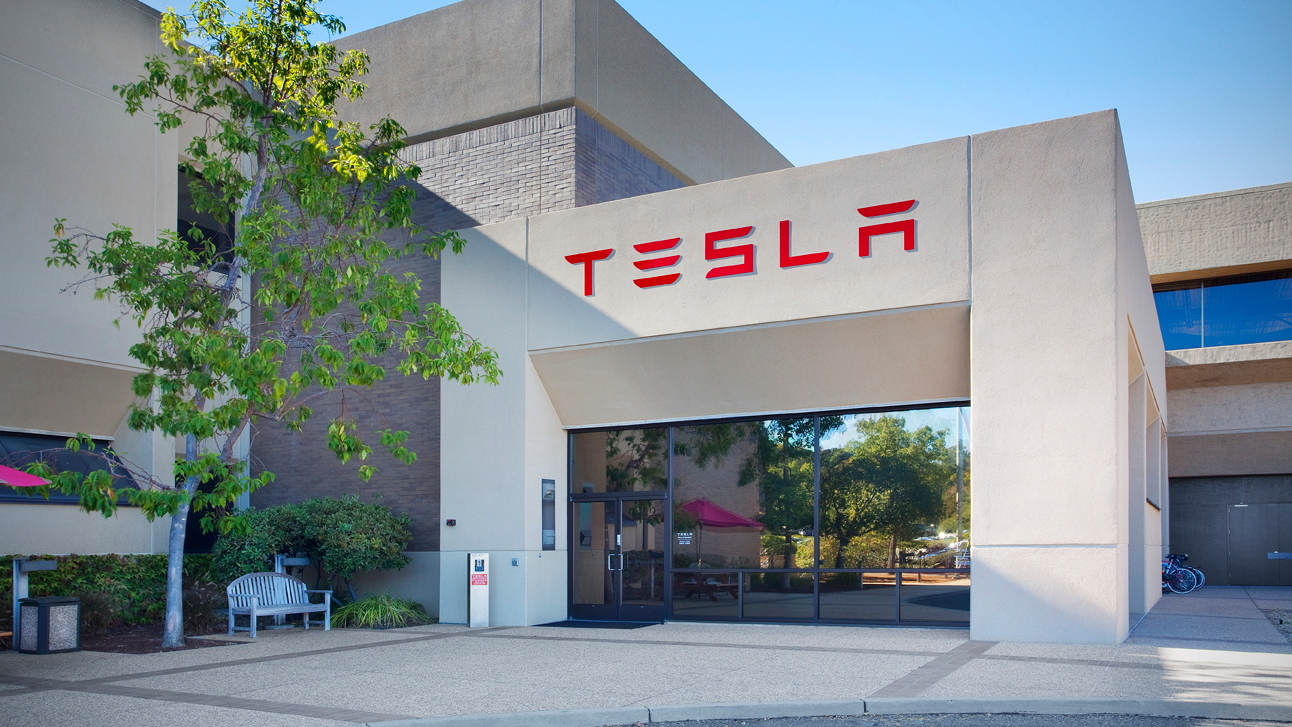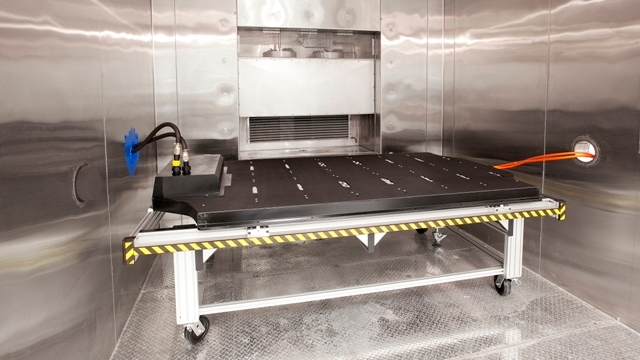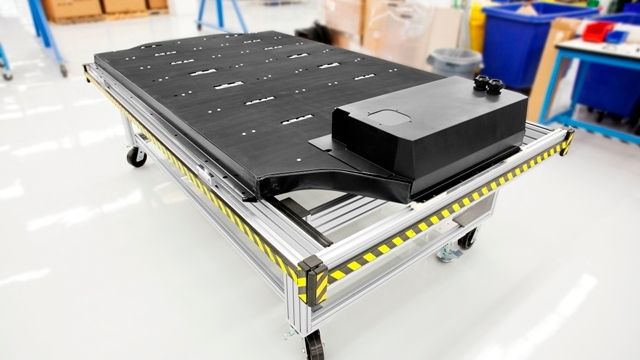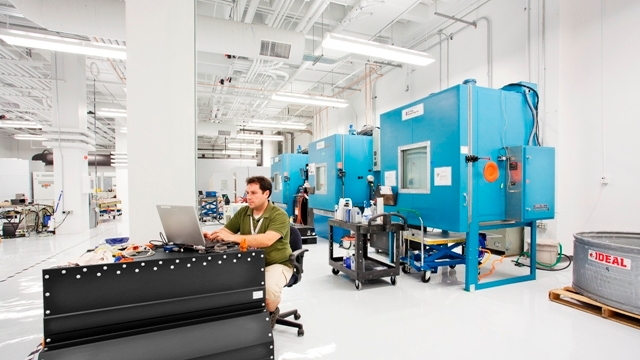It's debatable whether Tesla Motors should even be called a startup. It's five years old, it has almost 1,400 cars on the road, and it has 700 people working for it globally.
Yesterday, in a bid to reinforce its credentials as a real automaker--the kind that can design, engineer, test, and build a car for global sale--Tesla invited a dozen or so journalists to tour its new Palo Alto headquarters building.
Teslas, but Smart too
Starting in the "showroom," which housed not only a silver 2011 Tesla Roadster 2.5 and a burgundy Model S prototype, but also a Smart Electric Drive and a Mercedes-Benz A-Class E-Cell (Tesla builds battery packs for both), we toured areas never open to the public.
No photos were allowed, so all the images you see here were provided by Tesla itself.

Tesla Motors - assembly and test facilities
Teasing the Model S
The message: Tesla designs and builds its own technology, and the Model S luxury sports sedan--projected to arrive late in 2012--will be as original and revolutionary as the 2009 Tesla Roadster was three years ago.
Nestled quietly in the Palo Alto foothills above Stanford University, the former Hewlett-Packard complex that now houses Tesla mixes elements of university EE lab and Silicon Valley startup. Which is fitting, since Tesla blends both.
Ikea furniture
A huge open second-floor area houses perhaps 200 staffers at rows of tables in a single open area, sitting at long tables. Like any startup, flat-panel monitors sit on cardboard boxes on top of Ikea furniture.
Even CEO Elon Musk (not in residence the day we visited) has a space in the open area. His, however, is perhaps six times the size--and semi-private behind some partitions (the only ones we saw).
It's downstairs where it becomes clear that Tesla is a car company. Eventually.
Assembly and testing areas
First, there are fluorescent-lit test areas with tooling, tables, large boxes, and tidy stacks of components. These are the electric motor assembly and testing areas, recently brought in-house from a vendor in Taiwan.
Then there are battery-pack assembly areas. Individual "commodity" laptop cells, known as 18650s, are assembled into modules that in turn go into pack enclosures shaped to the chassis of the individual car.
The pack for the 2010 Tesla Roadster 2.5 has a bevel in one long side, allowing a pair of seats to sit just the other side of the bulkhead behind the passenger compartment. The packs for the Smart Electric Drive and Mercedes-Benz A-Class E-Cell, on the other hand are flat.
Six modules go into the two smaller cars' 16.5-kilowatt-hour packs. The Smart gets one pack where the engine used to sit, the A-Class E-Cell two packs between the layers of its sandwich floor. The Roadster pack, on the other hand, gets 11 modules for its 53 kWh.
Development labs
From the assembly areas into development and testing areas in a different building, with stops at almost a dozen different stations, presented by a handful of uniformly enthusiastic Tesla engineers and managers.
Tesla has now gathered data on over 7 million miles' worth of Roadster travel on electricity, and the company is mining it for insights into real-world pack life.
One surprising fact: Roadster owners recharge opportunistically, often using plain old 120-Volt power, much more often than expected--and use the faster 240-Volt 440-Volt quick charging less than projected.
A real car company
In the end, the message from Tesla's new quarters is clear: We're a real car company, with five-plus years of experience in developing, testing, and refining electric-drive powertrains. We're here to stay, we're fully engaged with engineering our upcoming Model S (about which more in a separate article), and we're aggressively hiring engineers.
Whether the world chooses to believe that message will likely depend on whether the company can get its Model S luxury sports sedan, which promises up to 300 miles of electric range, out the door and into drivers' hands on the aggressive schedule it has announced.
And perhaps even more so, the all-electric Model S proves to be truly competitive with the best from Mercedes-Benz, BMW, and other competitors in that class.
If Tesla can do that, it will move from car-company childhood into adolescence, showing promise of lasting ability. But for that, we will have to wait another two years.



















